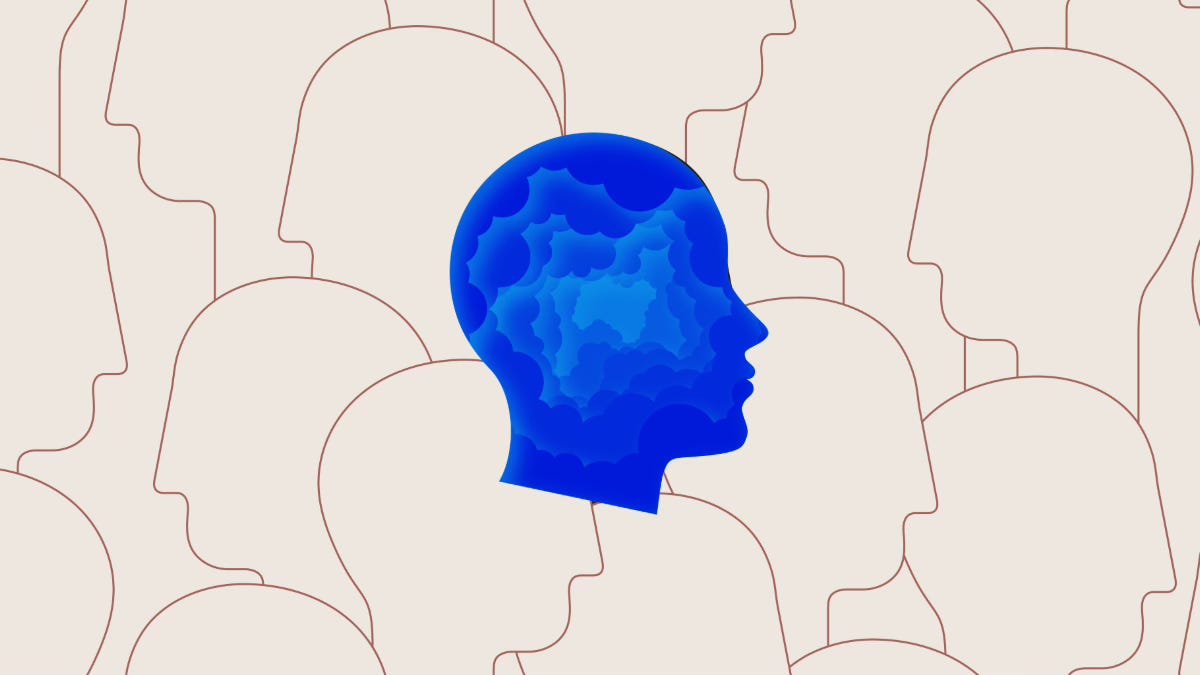The Stories We Tell Ourselves
How Bias Shapes Product Decisions
As product managers, designers, and practically anyone with influence into the product decision making, we strive on making decisions based on data, logic, and user insights. We know that decisions should be made this way. But beneath every decision lies a hidden force that shapes our thinking; the stories we tell ourselves. These internal narratives, often influenced by cognitive biases, can lead us in the wrong direction, distorting how we interpret user behavior, prioritize features, and collaborate with teams.
I recently started reading Will Storr’s A Story is a Deal (a great book btw!) and I wanted to explore how our storytelling minds can create blind spots, and how to challenge these narratives to make better decisions.
Why Bias Feels Like Truth
Our brains are wired to construct stories to make sense of the world. These stories help us navigate complexity but often come with built-in biases. For example:
Confirmation Bias: We seek evidence that supports our existing beliefs about users or product strategies while ignoring contradictory data.
Anchoring Bias: The first piece of information we encounter (e.g., a single user complaint) disproportionately influences our decisions.
Availability Bias: We prioritize feedback or metrics that are most recent or memorable rather than most representative.
These biases feel like truth because they align with the stories we've already constructed in our minds. But as Will Storr notes, “Stories are simplifications—they’re not the full picture.” In product management, this simplification can lead to flawed assumptions and missed opportunities.
The Danger of Internal Storytelling Errors
Imagine this scenario: Your team is discussing whether to launch a new feature based on user feedback. You recall a particularly vocal user who requested the feature repeatedly during interviews. Anchoring bias kicks in and you prioritize their input over broader data showing limited demand for the feature. The result? A feature that creates complexity without delivering real value.
Or consider confirmation bias: You believe users prefer simplicity in design, so you focus on removing advanced functionality without testing whether power users might actually value those features. This internal narrative leads to frustration among your most loyal customers.
These errors aren’t just theoretical, they’re common pitfalls in product decision-making. Recognizing them is the first step toward overcoming them.
How to Challenge Your Internal Narratives
Here’s how you can reframe your thinking and reduce bias in decision-making:
Ask “What If I’m Wrong? ”Before finalizing a decision, challenge your assumptions by asking:
What if my belief about users is incorrect?
What data would disprove my current narrative?
This simple question opens space for alternative perspectives and helps you identify blind spots.
Triangulate Data Sources Don’t rely on one type of input (e.g., user interviews). Combine quantitative metrics (e.g., analytics) with qualitative insights (e.g., behavioral observations) to build a more complete picture.
Conduct Pre-Mortems Before launching a feature or making a major decision, ask your team: “If this fails, what will have caused it?” This exercise surfaces hidden risks and challenges overly simplistic narratives.
Practical Exercise: Reframing Assumptions
Try this exercise during your next team meeting:
Present a key assumption driving your current strategy (e.g., "Users want simpler workflows").
Ask each team member to write down one piece of evidence that supports the assumption, and one piece that contradicts it.
Discuss these inputs openly and explore alternative narratives together.
This collaborative approach not only reduces individual biases but also builds psychological safety for challenging ideas constructively.
Why This Matters for Product Leaders
As Shane Parrish from The Knowledge Project podcast often says, “Thinking clearly is about seeing reality as it is—not as we wish it to be.” (I can also recommend his book ‘Clear Thinking’). In product management, this means recognizing when our internal stories are clouding judgment and actively seeking ways to refine them.
Biases aren’t inherently bad, they’re part of being human. But when left unchecked, they can lead us in the wrong direction. By challenging our assumptions and embracing uncertainty, we become better storytellers—and better product leaders.
Final Thought: The stories we tell ourselves are powerful, but they’re not always accurate. Next time you’re making a product decision, pause and ask: Is this story serving me or limiting me?
Thanks for reading! If you found this valuable, subscribe to ListenIn Labs for weekly insights blending psychology and product strategy, helping tech professionals build better products while staying mentally resilient in today’s fast-paced world.



